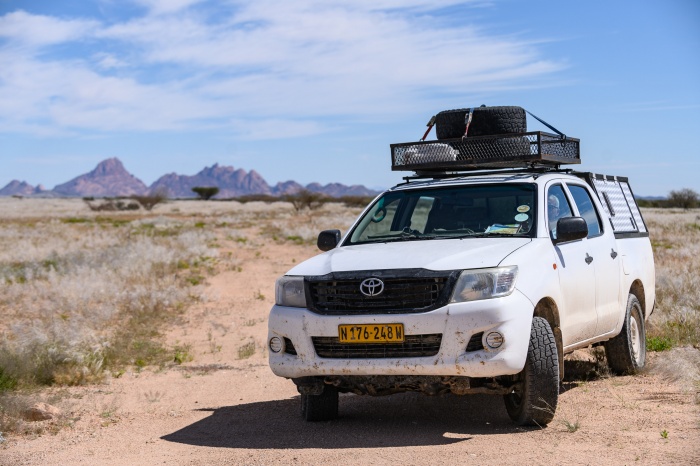
Breaking Travel News investigates: Namibia by road
After a couple of years of pandemic-related disruption, Namibia is now very much open for business and welcoming tourists. The best way to get a feel of this awesome country is to pack up the best 4x4 you can get your hands on and hit the road. Which is just what we did!
Self-driving holidays are a dream in Namibia, especially for British travellers, as the southern African destination also drives on the left. All signposts are also in English, as it’s the official language. As distances are often long, it is not unusual to find yourself on an empty road for hours on end, seldom seeing another vehicle. You’re more likely to see an interesting animal or bird than another car.
ADVERTISEMENT
Namibia’s main arteries are tar roads, mostly in good condition, similar to British ‘A’ roads and American secondary highways. These link the main cities and larger towns. The secondary gravel roads are also generally in pretty good condition. They do take a little more concentration to avoid the odd pothole, however, so it’s important to keep your speed down to below 80 kph. (Most tourist accidents in Namibia don’t involve other vehicles, but happen on gravel roads when the vehicle travels too fast, and the driver loses control).
Although you can get around most of Namibia in a regular vehicle, a 4x4 is recommended for longer trips, as they give you more freedom to roam. They also offer higher road clearance for the more remote regions where you might have to cross lightly flowing rivers, makeshift sandy roads, mountain passes and dried-up riverbeds.
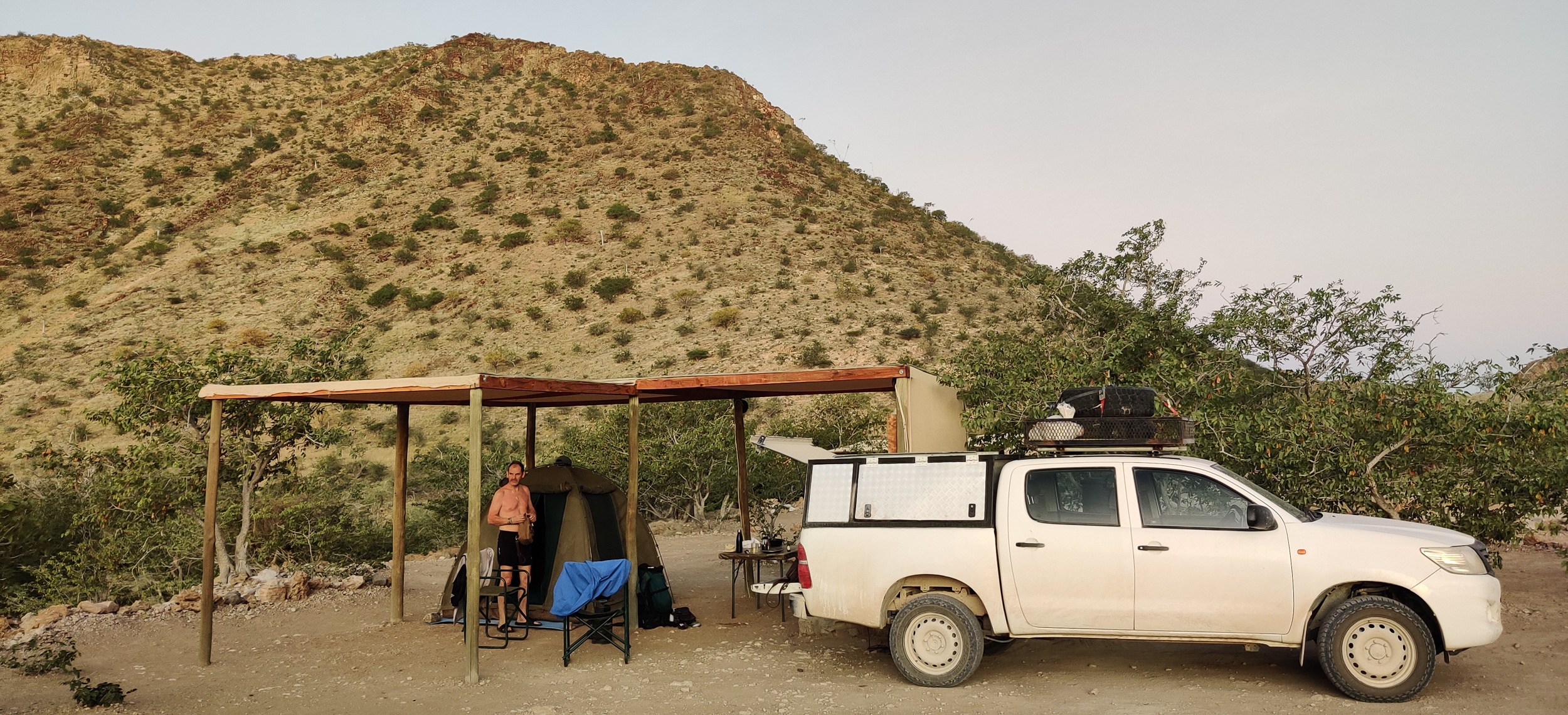
Online searches reveal numerous self-drive options for the intrepid traveller. You have the option to book a pre-arranged tour where campsites or lodges are pre-booked and you follow a dedicated route arranged by your tour company. Some adventure safari companies offer group tours to enable you to visit the more remote regions that you may not want to do as a solo traveller. They will organise permits and you travel in convoy for safety. The most common option is to be independent and plan a tour route and car hire yourself.
We opted for the freedom of a self-drive option, preferring to explore the country in our own time, focus on our own particular interests and stay at our preferred accommodation.
We chose a double-cab Toyota Hilux 4x4 from Advanced Car Hire. They have a great website and a very helpful online chat facility that answered all our nagging questions. They will help you choose the best vehicle from their extensive fleet considering your budget and route. They have brand new Toyota/Nissan double-cabs down to older well-used vehicles and are priced on a sliding scale. The 4x4s have all the extras you could want - air conditioning, power steering, spare tyres, tools and an audio system. The helpful and knowledgeable staff give a complete explanation of how the car works and tips for driving off-road and in tricky conditions. There are extras that can be added for a fee, like GPS systems, baby seats, jerry cans and even satellite phones for those heading off-grid.
We chose a vehicle with camping equipment included. This makes life so much easier as everything is provided. Roof tents are the norm, they are easy to pop up and sleep up to five people. Everything else needed for an adventure is packed neatly into the back of the pick-up: mattress, bedding, cooker, crockery, cutlery, kettle, lamps, table chairs, wash basin, spade, axe and broom. Nothing was spared from their high-quality kit. Extras can be added for a small fee, and I would recommend a fridge or cool box.
Once the usual car hire checks are done, safety advice is given and the insurance clearly explained, you’re ready to hit the road. We found driving in Namibia very easy, exciting and comfortable. We found the roads easy to follow and we got used to the gravel roads very quickly. The raised ground clearance gives you a higher seating position allowing for a better view of the road ahead and helpful for spotting game in the bush.
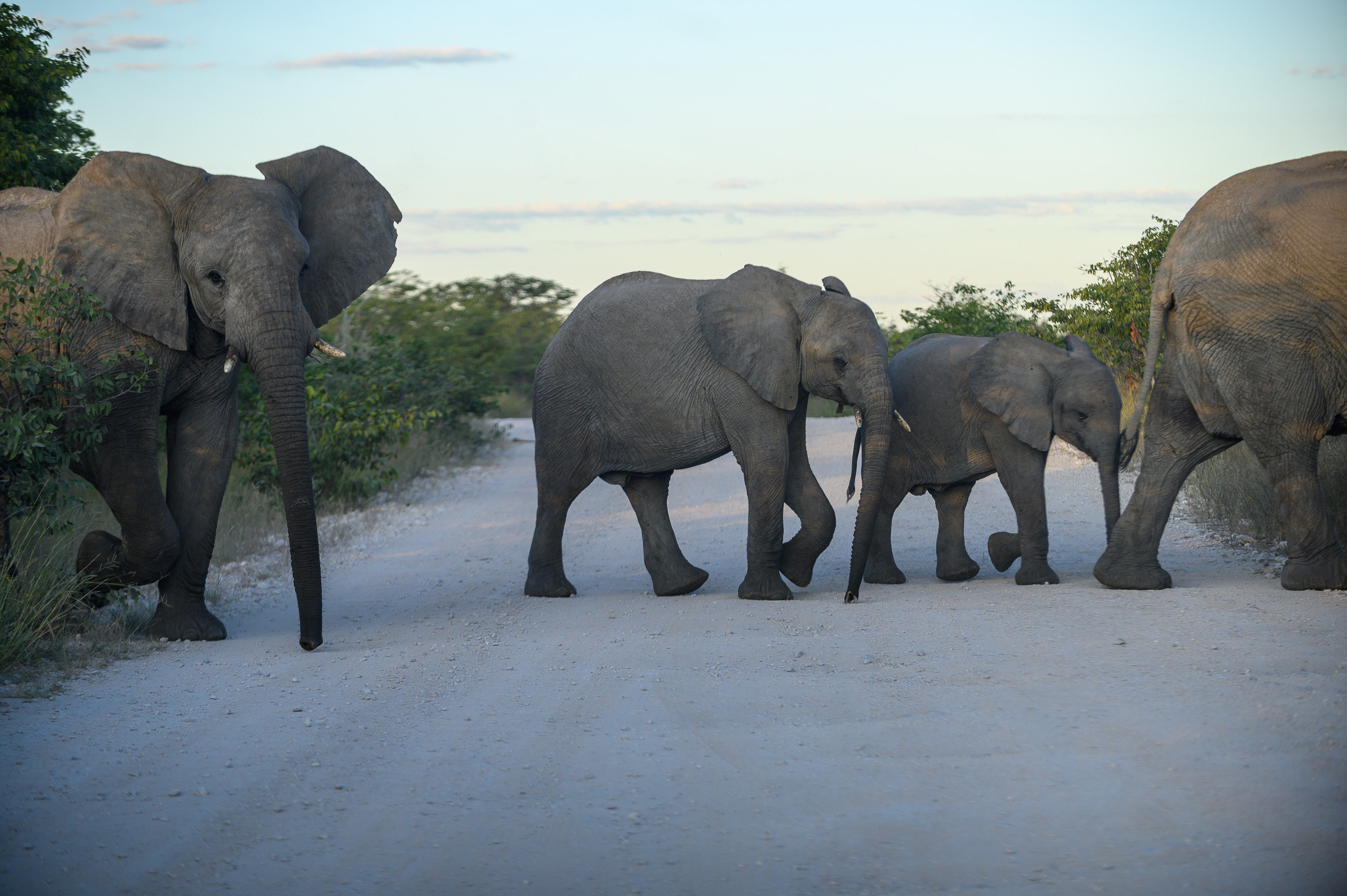
Most of the roads connecting the capital, Windhoek, with the major towns of Namibia are well-maintained tarmac roads. The only dual carriageways are in Windhoek itself and they are virtually empty compared to similar routes in Europe or America. Driving up to Etosha National Park from Windhoek was easy and quick on the tar road. The minor roads become gravel and are bumpier and dustier, although they are generally well maintained and signposted. Heading further north into Damaraland you will spend most of your time on gravel roads. The temptation to speed slowly creeps up over time but you are soon deterred by a noisy, beeping alarm that automatically starts when you reach the 80 kph speed limit. This annoying sound continues until you drop below the designated speed. Very helpful and a good reminder to drive carefully.
We found Google Maps very helpful for most routes but was a bit inaccurate on timings. We calculated that you need to add another 30 per cent to the arrival time of the app.
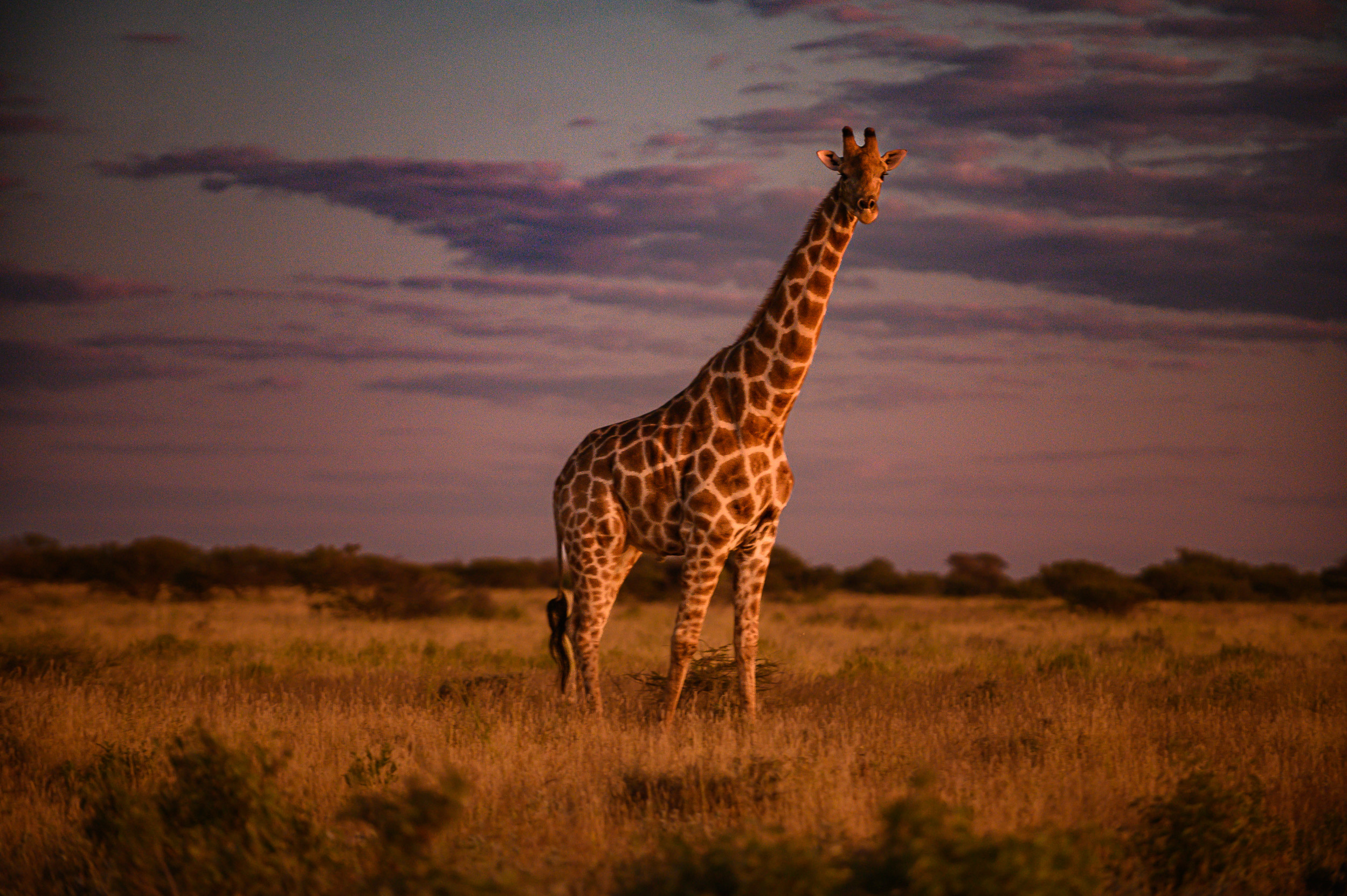
For our month-long trip, we planned a circular route from Windhoek, heading north to Etosha National Park with its impressive array of wildlife including elephants, giraffes, rhinos, wildebeest, lions, cheetahs, zebra and all kinds of antelope, including vast herds of Springbok. We spent a few blissful days here before heading further north towards the home of the Himba and Herera tribes centred around the small outposts of Epupa Falls and Opuwa. After that, we headed south-west through Damaraland taking in the Brandenberg Plateau and the unforgettable sight of Spitzbergen before arriving at the old colonial German town of Swakopmund on the Atlantic Coast.
A trip to Namibia would not be complete without a visit to Sossusvlei with its towering red dunes and petrified forest which take pride in place on the cover of every travel book and brochure. From there it was a couple of days driving to get us back to our original base at Windhoek. Overall, we completed over 3,500 kilometres during our adventure.
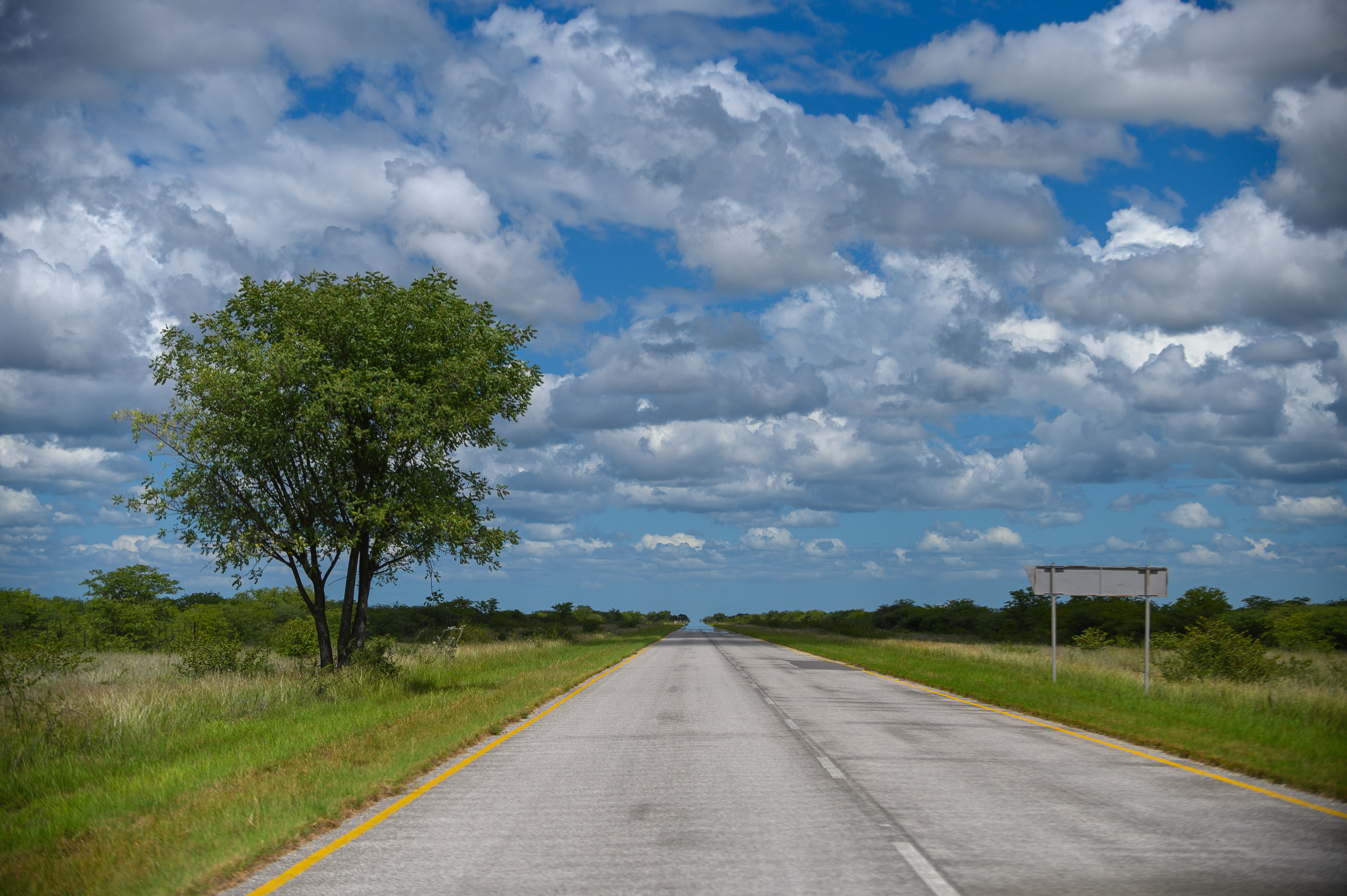
Driving tips for Namibia:
- Plan route and get a decent map or sat nav
- Watch out for game
- Don’t drive at night
- Keep to speed limit
- Buy good insurance
- Fill up with fuel when you can
- Keep cash handy as some petrol stations only accept cash
- Never leave valuables on display in car
- Drive with the lights on
- Keep two spare tyres
- Have motoring documents with you
- Have an emergency first aid kit and plentiful water supply
More Information
More information on visit Namibia can be found on the official tourism website, while we secured our flights with Lufthansa.
Mark Hakansson

